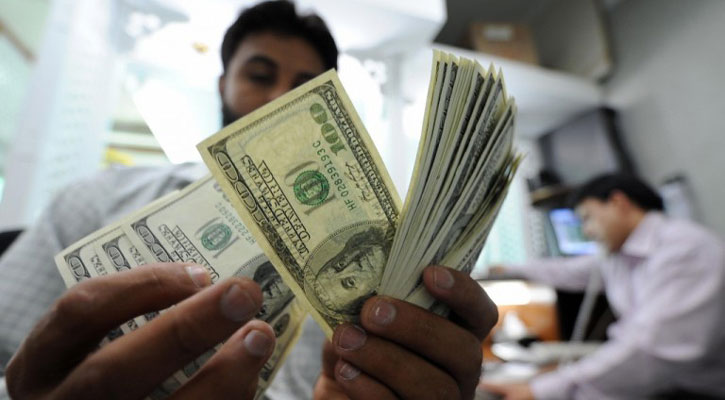Nine months after the US government declared a state of emergency to fight the coronavirus pandemic, daily deaths and new infections are breaking records, hospital capacity is more stretched than ever, and debate over the economic response has devolved into a battle over who deserves help and who doesn’t.
How did it get to this point?
Once-in-a-century public crises might seem a natural rallying point for a nation, but the current pandemic hit a trifecta: a politically polarised society, the uneven spread of the virus, and an economic impact that was disparately felt and quick to fade in some parts of the country even as it kept others fast in its grip.
Today’s rampant spread of the virus is bound with those facts: Local and state decisions to let the economy reopen as much as it did, as soon as it did, with public health rules spotty and unevenly enforced, set the stage for it to rotate through the country and eventually to spread unchecked.
While that spurred more job creation early on, the country is now facing the worst of both worlds.
New COVID-19 cases are mounting at a rate of a million a week, and deaths have reached new peaks approaching 3,000 daily. Meanwhile, the economic recovery seems to be hitting stall speed. US payrolls grew by only 245,000 jobs in November, scant progress given that net job losses since February still total around 10 million.
New data released in early December on state and metro level employment and wages by industry show just how unevenly the economic pain of those first months was spread.
Indeed, while workers in New York City, one of the early epicentres of the US outbreak, struggled with economic conditions reminiscent of the Great Depression last spring, workers in Montana, on the whole, earned about as much in the three months from April to June as they did in the prior three months.
For workers in six western states, in fact, the second quarter of 2020 looked about the same as the second quarter of 2019 in terms of total wages collected, while in Nevada, Hawaii and Michigan wages were down more than 10% from a year earlier.
The jobs crash was painful everywhere, particularly in the industries where people would be most vulnerable to a communicable disease – the close-contact services like restaurants, grooming parlours and gyms.
Even in places where the initial crash was less intense, more than 8% of jobs were lost from February to April. At its worst, in the US Northeast and Hawaii, more than 20% of jobs disappeared.
But the places that suffered the lightest initial blow also more quickly regained lost employment, and in some instances by June had nearly regained all the lost jobs in April’s wave of layoffs and closing. At that point the spread of the pandemic was also mild in those states, perhaps providing a reason to maintain a business-as-usual approach.
In urban areas the difference in outcomes was even more pronounced. Seasonal factors influence the numbers of jobs in some cities more than others. Beach towns and summer resorts see a bump when the weather warms. But comparing the number of jobs this June to a year ago shows how some fared better – or worse.
Atlantic City, New Jersey, an oceanside resort and casino hub, had only 66% of the jobs this past June that it did the year before. Cleveland, Tennessee, part of the US. South’s emerging auto industry, by contrast, had more jobs in June than it did a year before.
Industries also felt those first months of the pandemic very differently. At first blush, hiring in some seasonal industries proceeded apace, with drive-in theatres, for example, staffing up for the summer: Employment there more than doubled from February to June, possibly a sign of entertainment migrating outdoors. Still, even such an industry well-suited to the moment saw its employment drop compared with a year earlier.
By contrast, nursery and garden centre employment rocketed nearly 30% from February to June – a typical summertime jump. Nonetheless, it was also 1.7% above the level from June 2019.
At the other end of the scale, industries in the food and entertainment sectors saw job losses that may amount to a permanent shift in the economy and where people work.





















